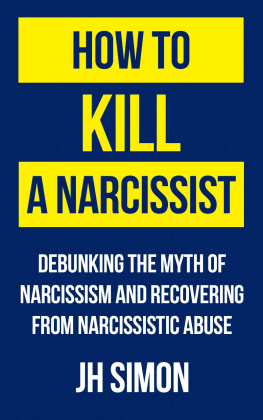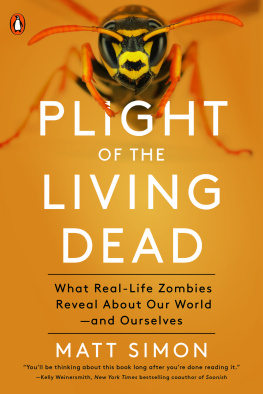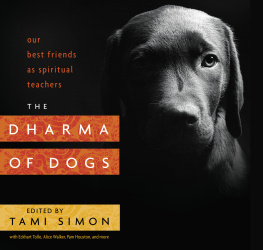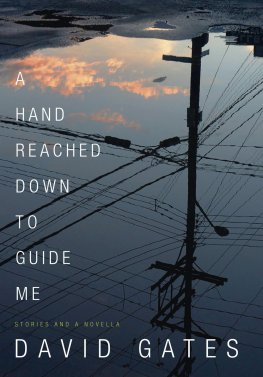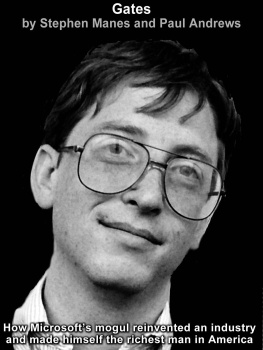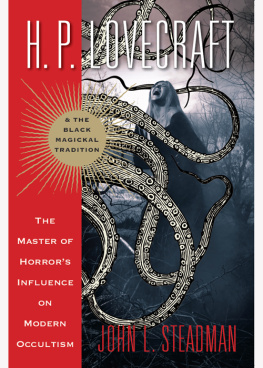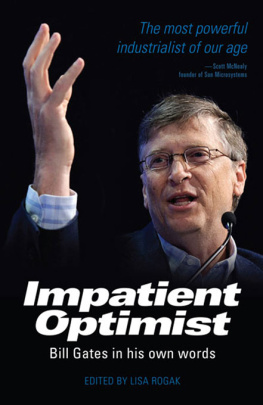Simon - The Gates of the Necronomicon
Here you can read online Simon - The Gates of the Necronomicon full text of the book (entire story) in english for free. Download pdf and epub, get meaning, cover and reviews about this ebook. year: 2006, genre: Religion. Description of the work, (preface) as well as reviews are available. Best literature library LitArk.com created for fans of good reading and offers a wide selection of genres:
Romance novel
Science fiction
Adventure
Detective
Science
History
Home and family
Prose
Art
Politics
Computer
Non-fiction
Religion
Business
Children
Humor
Choose a favorite category and find really read worthwhile books. Enjoy immersion in the world of imagination, feel the emotions of the characters or learn something new for yourself, make an fascinating discovery.

The Gates of the Necronomicon: summary, description and annotation
We offer to read an annotation, description, summary or preface (depends on what the author of the book "The Gates of the Necronomicon" wrote himself). If you haven't found the necessary information about the book — write in the comments, we will try to find it.
Simon: author's other books
Who wrote The Gates of the Necronomicon? Find out the surname, the name of the author of the book and a list of all author's works by series.
The Gates of the Necronomicon — read online for free the complete book (whole text) full work
Below is the text of the book, divided by pages. System saving the place of the last page read, allows you to conveniently read the book "The Gates of the Necronomicon" online for free, without having to search again every time where you left off. Put a bookmark, and you can go to the page where you finished reading at any time.
Font size:
Interval:
Bookmark:
THE GATES OF THE
NECRONOMICON
SIMON

To
Herman Slater
Father
of the Magickal Childe
Friend
of the Magickal Children
this work is gratefully dedicated
This book is intended as a companion to, and explanation of, the Necronomicon. The Necronomicon is a work of occultism, translated from the Greek which was itself a probable translation of an Arabic language original. The reader should be advised that the Necronomicon is the center of heated controversy: there are many who assume or insist that the Necronomicon is a hoax, a mish-mash of ancient religious and occult practice packaged under the name of a book that was invented by the father of Gothic horror, H.P. Lovecraft.
There are others who insist, just as strongly, that the book is a powerful occult manual.
Often, the critics of the book are also those who claim that the Necronomicon is powerful, regardless of whether or not it is a hoax.
Originally published in 1977, it is arguably the best-selling grimoireoccult manualin the world today, and this has caused even more consternation among the books critics. Those who are interested in the lineaments of this controversy can consult my Dead Names: The Dark History of the Necronomicon for more detail.
The thesis of this book can be summed up in a few lines, as follows:
At some remote time and place in antiquity, an event occurred of such importance that it has entered the myth streams of various civilizations and cultures. This event involved the sudden appearance of a superhuman being or beings who taught tribes of illiterate peoples the basic requirements of any civilization: writing, astronomy, agriculture, architecture. Also a part of this exoteric teaching was an esoteric teaching, which described a nexus of death, the stars, the astral body, and what we now call the supernatural. Astronomy and architecture among the ancient peoples were intimately involved in this higheror simply Otherpurpose: the alignment of tombs and palaces to certain astronomical phenomena. The phenomenon most often referred to in these testaments of stone was a Celestial Gate. Although this Gate was entered at the time of death and lead the deceased to another World, it could also be opened by the living. But the Gate hasor hadan analogue: an anti-Gate, perhaps, through which malevolent forces could enter the World from the other side. These two Gates may have been one and the same, and improper use of the Gate might have lead to disastrous consequences.
This thesis is basic, not only to this book, but to virtually every occult or spiritual organization anywhere, anytime, on Earth. Its residues can be found in places as diverse as Aztec Mexico, Daoist China, ancient Egypt, and the lost civilization of Sumer not to mention in the rituals of the Golden Dawn, of medieval European ceremonial magick, the Tarot, and the Enochian system received by Dr. John Dee. It is reflected, also, in the writings of Aleister Crowley as well as in the Book of the Law. It is also, of course, the cornerstone of the Necronomicon.
Using the above thesis as a starting point, and providing many examples from literature both sacred and secular, the author will further propose that the Gate spoken of by the ancients is an actual place: that is, it exists, either as an event, or as a physical location, ormore probablyas a combination of the two.
And, the author will take this thesis one step further and provide tables and charts that will suggest the location of this Gate, along with instructions as to how it might be opened.
Naturally, this information is complicated and detailed. The background information required for an understanding of this important discovery is of necessity based on a knowledge of, or familiarity with, many languages (some long dead), mythologies, and sciences. It is the authors hope that he has made this information as clear as possible. A comprehensive bibliography is included so that interested or critical readers may follow the authors line of reasoning for themselves.
The existence of a Gate or Gates in the Necronomicon is central to its entire mythos. The Mad Arab speaks of the Gates several times in his opening remarks, and then goes on to give quite emphatic instructions as to how the Gate should be opened, and when, and accompanied by what words, diagrams, etc. He also insists that, once having begun the process of going through the Gates, one should not stop along the way but continue straight through until all seven have been passed. The reason is clear: passing through only a few of the Gates is enough to let something Other in. Should a malicious entity of some sort manage to sneak past the operator and into the World, the operators lack of experience on the higher planes (represented by the remainder of the Gates) would be fatal: not only to him- or herself, but to society in general.
The Gates are related to the seven philosophical planets, that is: Mercury, Venus, Mars, Jupiter, and Saturn, together with the two luminaries, the Sun and the Moon. As we all know, the Sun and Moon are not planets. The Sun is a star, and the Moon is the earths satellite. In the old days, it was believed that the heavens revolved around the earth. This geocentric view of the cosmos gave rise to astrology, which became modern astronomy when it lost its humanist characteristics and placed the Sun at the center of the solar system, and the earth in revolution around it along with the other planets. This switch from the earth being the center of existence to the Sun triggered a grave disturbance in the human psyche, one from which we have yet to recover. It goes hand-in-hand with Darwinian evolution, and the resulting birth of a new science of artificial intelligence that implies that there is no thinking that a human can do that a machine could not, one day, do better. As thinking (i.e., consciousness) isto our eyesall that really sets us apart from the animals, we are in danger of not being in the center of even our own little universes anymore. We, as humans, become relegated to accidents of nature. And, as such, we lose God.
In losing God, we lose heaven and hell. We lose the afterlife. We lose reincarnation.
But what if the seven stages of awareness, the seven steps up the ladder of lightsthe Seven Gatesdo not pertain to the seven planets at all? What if the ancients knew all along that there was a higher order in the universe, some realm of wisdom and power far beyond our small solar system in a corner of a galaxy in a corner of the macrocosm? What if the seven planets were a blind, something to occupy the activity of the astrologers and the other fatalists who believed that humanitys destiny was written in the stars and could not be changed? A determinist perspective designed to ensure the peoples docile acceptance of the circumstances of their existence: the king, the state, the land?
What if the Necronomicon itself hints darkly at another science, another astrology, if you will, running parallel with the astrology we already know and yet never really touching it: not operationally, not ideologically? What if, in this vast mechanism of time, space, and destiny there was a ghost in the machine? A loophole? A way Out?
Gates of the Necronomicon explores that possibility as it analyzes the initiatory procedure of the Necronomicon, with special reference both to its calendar and to the method of psychic self-structuring it details. It points us back to a War that took placeon earth? or in the heavens?in some distant past and how battle lines were drawn in the earliest recorded civilizations of our planet. A War between two Stars, whose battle is memorialized even today among the sects and cults that proliferate on our World. The weapons of that conflict are the tools of the magician and the alchemist, the sage and the soothsayer, where immortality is only the first step in choosing sides.
Next pageFont size:
Interval:
Bookmark:
Similar books «The Gates of the Necronomicon»
Look at similar books to The Gates of the Necronomicon. We have selected literature similar in name and meaning in the hope of providing readers with more options to find new, interesting, not yet read works.
Discussion, reviews of the book The Gates of the Necronomicon and just readers' own opinions. Leave your comments, write what you think about the work, its meaning or the main characters. Specify what exactly you liked and what you didn't like, and why you think so.

